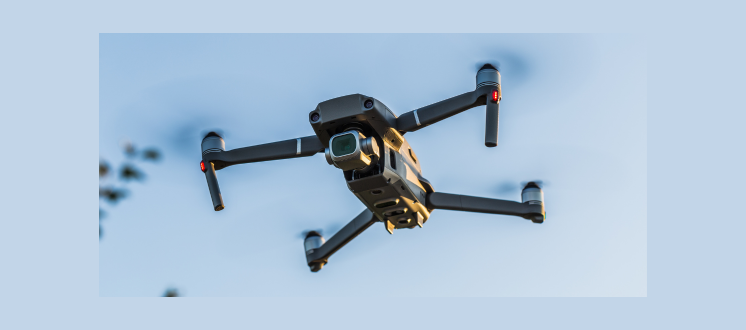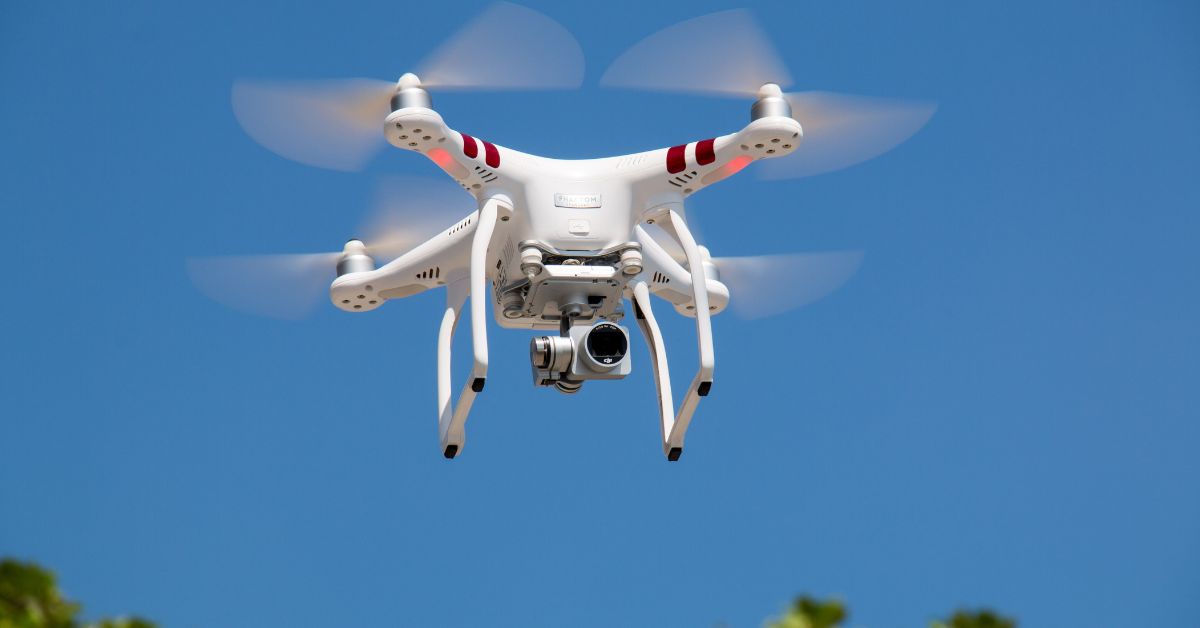
What Is a Drone and How Does It Work? A Comprehensive Guide
Drones, also known as unmanned aerial vehicles (UAVs) or unmanned aircraft systems, have become increasingly popular in recent years. These flying robots are revolutionizing various industries and are used for a wide range of applications. From aerial photography and videography to search and rescue missions, drones have proven to be invaluable tools. This comprehensive guide will provide you with a detailed explanation of what drones are, their various types and applications, as well as an in-depth exploration of their working mechanisms and technology.

To understand what a drone is, it is essential to highlight its basic components. At its core, a drone is comprised of four main parts: the frame, motors, propellers, and the control system. The frame serves as the structure that holds the components together and provides stability during flight. Motors are responsible for generating the required thrust to propel the drone in the air. Propellers, attached to the motors, create the necessary lift to keep the drone airborne. Finally, the control system, consisting of an onboard computer and a transmitter, allows the pilot to control and maneuver the drone. Drones come in various types, each designed for specific applications. The most common type is the quadcopter, equipped with four motors and propellers arranged in a square formation. Quadcopters are widely used for recreational purposes, aerial photography, and surveillance. Other types include hexacopters, octocopters, fixed-wing drones, and hybrid drones. Hexacopters and octocopters offer increased stability and payload capacity, making them suitable for professional photography and videography. Fixed-wing drones, resembling miniature airplanes, are ideal for long-range missions and mapping. Hybrid drones combine the features of multirotors and fixed-wing drones, providing versatility and extended flight time.
The applications of drones are vast and ever-expanding. In the photography and videography industry, drones have revolutionized aerial imaging, allowing for breathtaking shots and unique perspectives. Real estate agents utilize drones to capture aerial footage of properties, showcasing their full potential to potential buyers. Drones are also invaluable tools for surveying and mapping, providing accurate and high-resolution aerial data for infrastructure projects, agriculture, and environmental monitoring. In the field of search and rescue, drones equipped with thermal imaging cameras and specialized sensors can quickly locate missing persons or assess disaster-affected areas.Now, let's delve into the working mechanisms and technology that make drones fly. Drones utilize a combination of sensors, communication systems, and flight controllers to achieve stability and maneuverability. The flight controller, an onboard computer, acts as the brain of the drone, receiving inputs from various sensors such as accelerometers, gyroscopes, barometers, and GPS. These sensors gather data on the drone's orientation, altitude, speed, and location, allowing the flight controller to make necessary adjustments for stable flight. The communication system, comprised of a transmitter and receiver, enables the pilot to remotely control the drone. The transmitter sends control signals through radio frequencies to the drone's receiver, which forwards the commands to the flight controller. This communication also facilitates live video feed transmission, allowing the pilot to monitor the drone's flight in real-time. Furthermore, drones are equipped with sophisticated navigation systems that enable autonomous flight. GPS receivers provide accurate positioning information, enabling drones to follow pre-programmed flight paths or conduct precise aerial mapping missions. In addition, advanced flight modes such as "Follow Me" and "Waypoint Navigation" allow drones to track and follow subjects or autonomously navigate waypoints. To power the various components and ensure flight endurance, drones are equipped with rechargeable lithium-polymer (LiPo) batteries. The battery technology has advanced significantly in recent years, allowing drones to achieve longer flight times and higher payloads. However, battery limitations still exist, and drone flight times typically range from 15 to 30 minutes, depending on the drone's type and usage. In conclusion, drones are revolutionizing industries and opening up new possibilities in aerial imaging, surveying, search and rescue, and more. Understanding the basics of what drones are, their various types and applications is crucial to make informed decisions regarding their usage. Equally important is grasping the working mechanisms and technology behind drones, including their flight controllers, sensors, communication systems, and navigation capabilities. As drone technology continues to advance, their impact on society is poised to grow exponentially, making it an exciting time for those interested in this rapidly expanding field.
